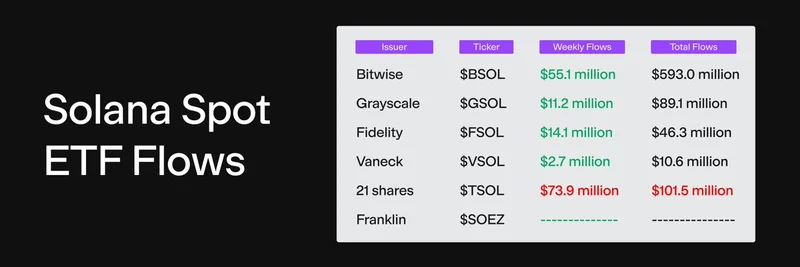Ethereum's co-founder, Vitalik Buterin, has a new favorite in the world of cryptography: the GKR protocol. If you're into meme tokens or just keeping up with blockchain tech, this could be a big deal. Recently highlighted in a tweet from BSC News, Vitalik's deep dive into GKR promises to make zero-knowledge (ZK) proofs way cheaper and faster. Let's break it down in simple terms and see why it matters for the meme coin scene.
What is the GKR Protocol Anyway?
GKR stands for Goldreich-Kahan-Rothblum, named after its creators. It's not a brand-new invention, but Vitalik's recent tutorial article shines a light on how it can supercharge ZK proving systems. In basic English, ZK proofs let you prove something is true without revealing the details – like showing you know a password without typing it out. They're crucial for privacy and scalability in blockchains.
Traditional ZK systems, like STARKs, require "committing" to every step of a computation, which gets expensive in terms of computing power. GKR flips this by only committing to the inputs and outputs, skipping the middle stuff. This cuts costs dramatically – we're talking up to 100x savings in some cases. For example, when dealing with hashing functions like Poseidon2 (a crypto-friendly hash used in ZK setups), GKR reduces the overhead from around 100x to just 10x compared to older methods.
The magic happens through something called sumchecks, a math trick that verifies computations layer by layer without redoing all the work. It's like checking a massive puzzle by confirming sums across sections instead of inspecting every piece.
Vitalik's Take: Why the Hype?
Vitalik isn't just theorizing; he's excited about real-world applications. In his post, he details how GKR powers ultra-fast ZK provers that can handle things like proving Ethereum's Layer 1 state in real-time with a handful of GPUs or verifying millions of hashes per second on a laptop. He even provides code snippets and a demo implementation on GitHub to show it's practical.
Key optimizations he mentions include "Gruen's trick" for smarter weight calculations and linear batching to handle multiple computations at once. These tweaks make GKR especially good for "batch and layers" tasks – think neural networks or bulk hashing, which are common in blockchain and AI.
But there's a catch: GKR handles the "succinctness" (making proofs small and quick to verify) but not the zero-knowledge part. You need to wrap it in another system like ZK-SNARKs or STARKs for full privacy. Vitalik also warns about potential security pitfalls, like issues with the Fiat-Shamir heuristic in certain setups, but says they're manageable.
How Does This Tie into Meme Tokens?
Meme tokens thrive on hype, community, and low barriers to entry, but they're often bogged down by high transaction costs and scalability issues on chains like Ethereum or BNB. GKR could change that by making ZK proofs more efficient, leading to:
- Cheaper Layer 2 Solutions: Faster ZK rollups mean lower gas fees for minting, trading, and airdropping meme coins.
- Better Privacy Features: Enhanced ZK could enable private meme token transactions or anonymous voting in DAOs without the current computational overhead.
- Scalability for Viral Moments: When a meme goes viral, networks get clogged. GKR-powered provers could handle massive computation loads, like verifying thousands of trades quickly.
- Integration with AI and Memes: Vitalik mentions zk-ML for proving large language model inferences. Imagine meme generators or AI-driven token analytics that are verifiable and efficient – perfect for the creative meme community.
While the BSC News article doesn't directly link to memes, the implications for blockchain practitioners are clear. As meme tokens evolve from jokes to serious projects (looking at you, Dogecoin and Shiba Inu), tech like GKR could help them scale without breaking the bank.
Potential Drawbacks and What's Next
No tech is perfect. GKR shines for specific computation patterns but might not fit every use case. Memory shuffling in sumchecks can slow things down, though parallelism on GPUs helps. Also, while theoretical savings are huge, real-world demos show around 10-15x overhead – still a massive win over traditional methods.
Looking ahead, integrations with protocols like BaseFold or FRI could make GKR even more versatile. For meme token devs, keep an eye on projects adopting this – it might be the edge your next launch needs.
If you're diving deeper, check out Vitalik's full tutorial or the original GKR notes. In the fast-paced world of crypto, staying informed on tech like this keeps you ahead of the curve. What do you think – will GKR fuel the next meme coin boom?

